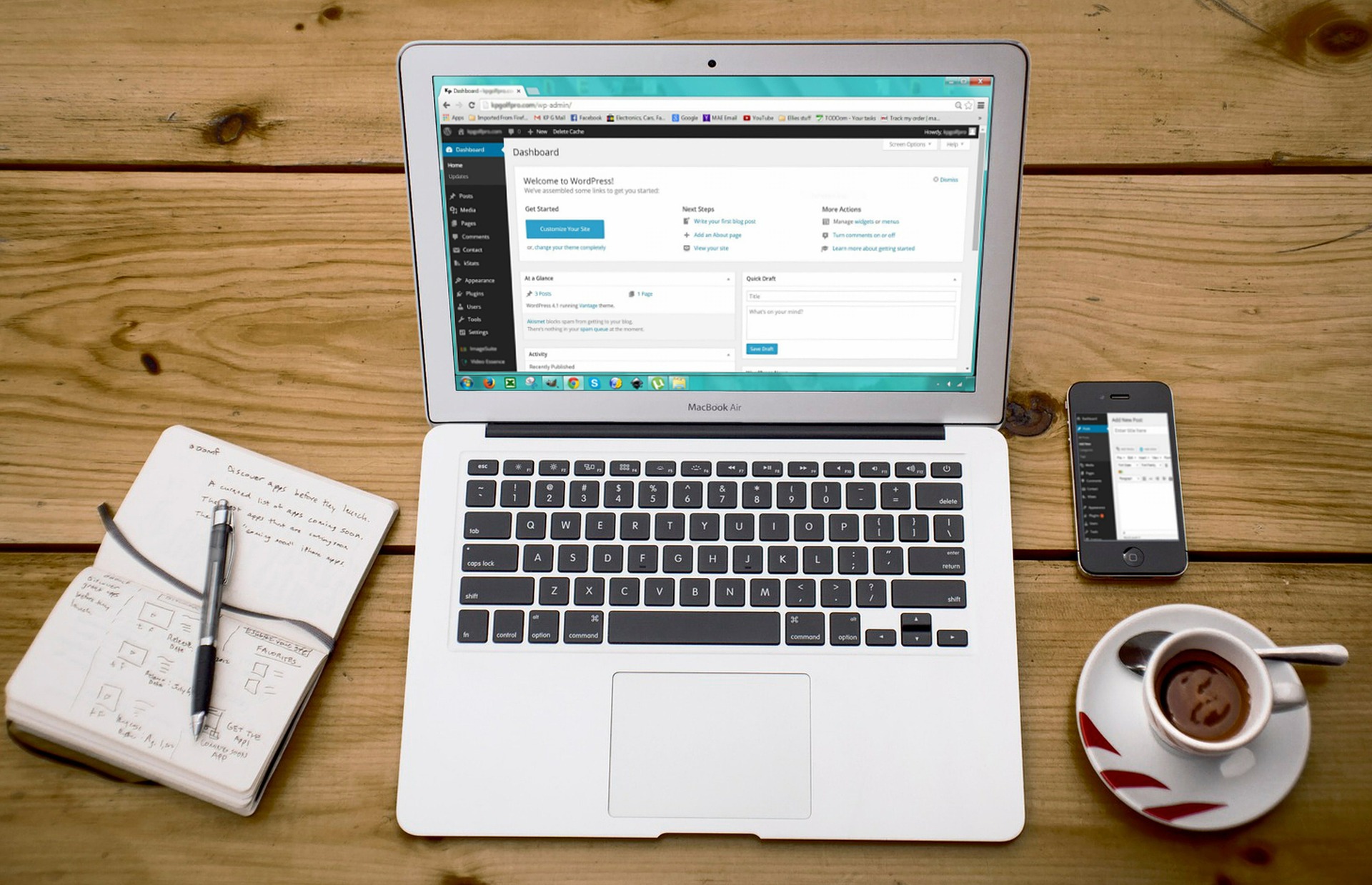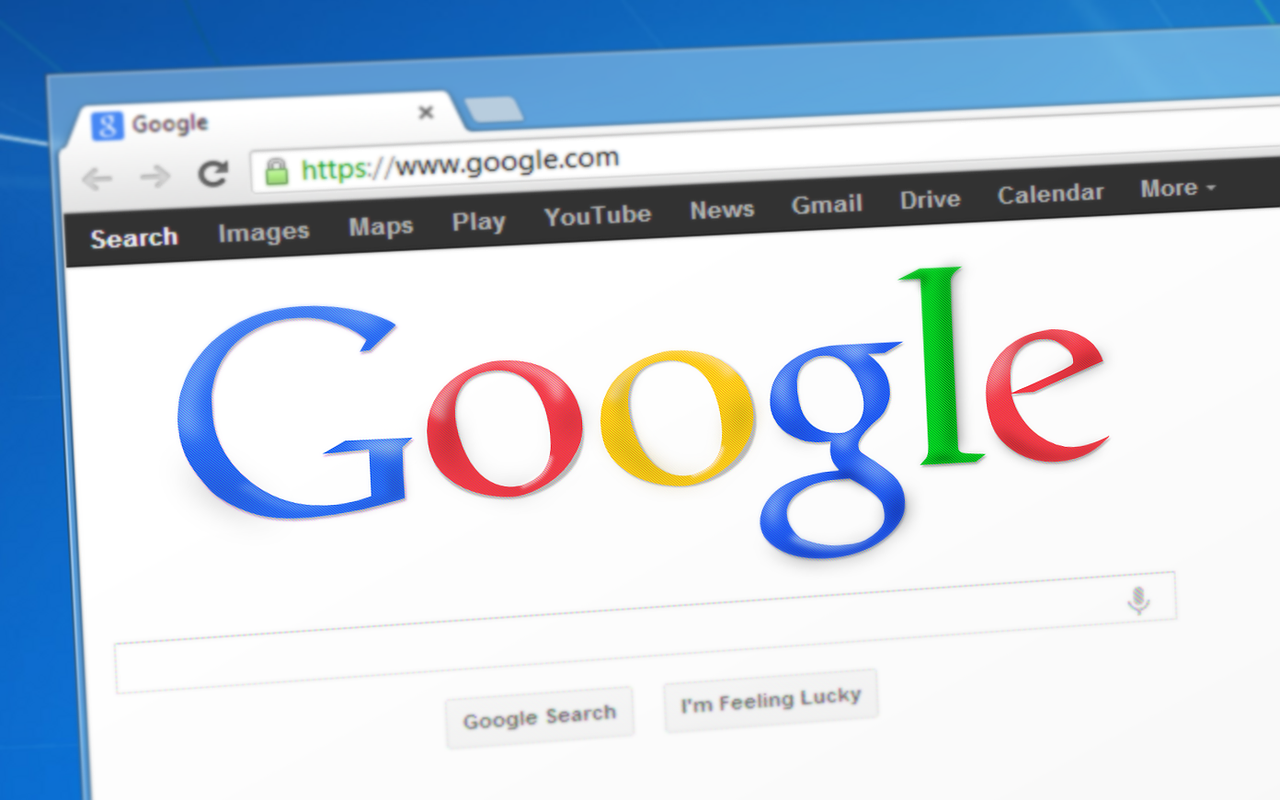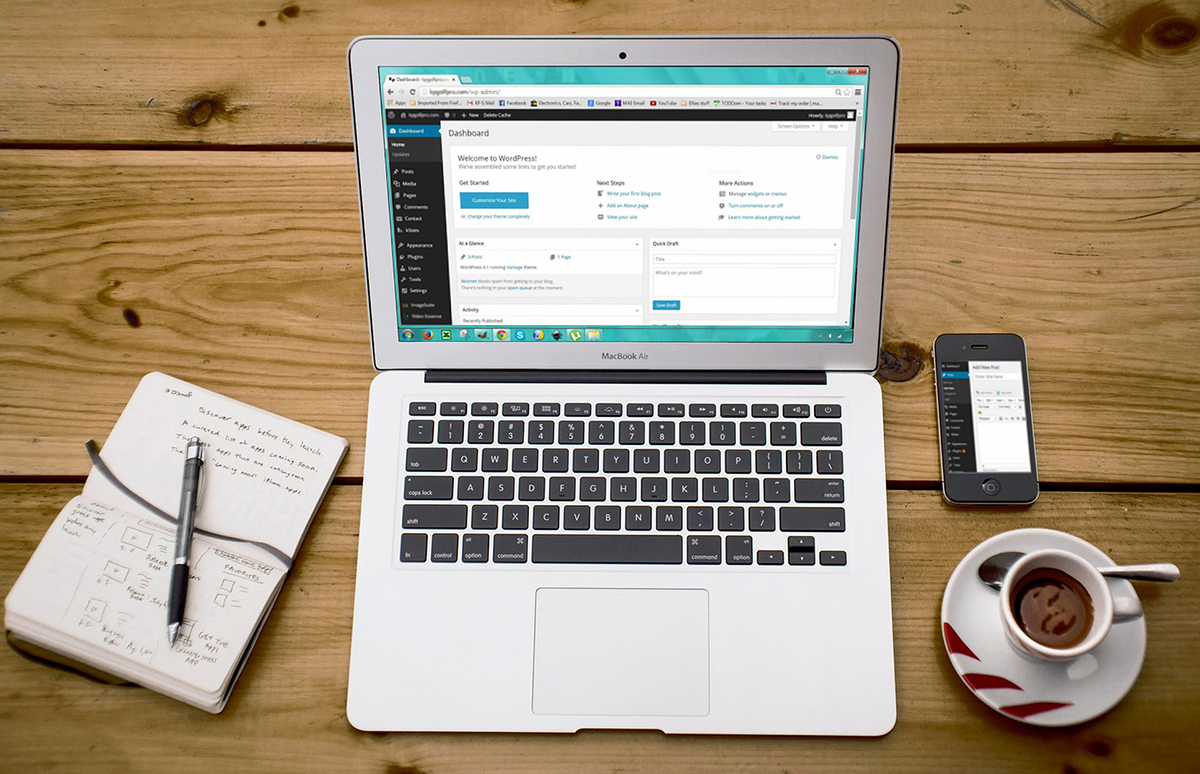You’re starting a new business and you need a website. You’ve decided to build your website for free, using one of those free website builders, because someone told you it would save you money to DIY. That’s like a doctor trying to do his or her own plumbing to save money.
It usually ends the same way, too. The doctor gets frustrated because he/she can’t solve the plumbing problem, so they call the first plumber on a Google search page. Then, before the company sends someone out, they’ll want to know what level of emergency is it in order to know how much to charge… and that’s before figuring out what the problem could be, what parts may be needed, and about how long the repair will take.
How’s that working for you so far?
Time Is Money
A business owner’s budget is the number one reason most people opt to build their own website. The one part of the budget business owners fail to include is their time. Time is money – there is no doubt of that. Yet, because it’s not a tangible good or service, it’s difficult for some to capture it in their pricing. At best, they get close; at worst, they equate the price to that of a bid on Fiverr.com and grossly underestimate both their time and the overall cost.
WPBeginner.com wrote a terrific article, addressing 36 reasons why to NOT build a free website. Rather than rehash a perfectly good article, I’m going to give you my 23 years of experience and try to not repeat the article too much, and list five reasons as to why you should budget to pay for your website.
1. Hosting and Themes
If you search enough through either DuckDuckGo.com or Google, you’ll find enough services that will allow you to host your website for free. What could be so bad about this? – you may be asking. First, nothing is ever just free. There’s always a catch: a trial period, a ‘free if you use our website builder’ line, or, my favorite, “it’s only $1.99/month”. This one never clearly or boldly states it’s either not for 12 months, or only for 12 months, at which time the charges switch to the actual number – and you faint.
Then there’s the WordPress theme. Which one is the better one to use? How difficult is it to work with? There are some that use their own version of Gutenberg blocks that are frustrating enough to make you want pull your hair out. There are others that may copycat this idea but including some of the “must-have” plugins may cost you, per year, to use. Finally, the freebie themes are never what my company recommends to our clients because there are very few free themes that have their own software kept up in order to take on the new updates from Google and Bing. At best, this scenario may return a “404-page not found” error or actually look like a newbie built it; at worst, your site is open and vulnerable to hackers.
A reputable website designer usually works with one or two web hosting companies and knows which WordPress themes have their software up-to-date without adding so much “stuff” to the development that your website just crawls, begging for help. They also know which themes come with plugins that also have their programming updated to the latest and greatest so they’re always at top potential.
Additionally, the website designer or hosting company may offer a monthly service to keep your software up-to-date. Will the free service offer this? No, they leave that up to you to figure out.
Finally, if the website designer/developer really knows their stuff, they’re only working with two, maybe three WordPress themes. Why? They know these themes inside and out, which cuts down on production time, saving you money.
2. SEO and Analytics
While you might not think you need these tools, trust me, you do. SEO, or, Search Engine Optimization, is roughly a combination of keywords and key phrases around a topic that helps Google and Bing find your website and rank its visibility for searches. Most freebie websites and builders don’t offer this functionality – it’s a “premium” service – so you start out ranking low, defeating your purpose of telling the world about your offerings. Free websites usually don’t offer any sort of analytics for your website, again, citing “premium” offerings.
Analytics – specifically, Google Analytics – can tell you just about anything you want to know about your website, including new vs. returning site visitors, demographics, entrance and exit pages, and bounce rate. And this is just the beginning.
As for SEO, well, who wouldn’t want to be found? Yet some free website offerings sacrifice this for quantity, or number, of websites. That might help their traffic and website be found, but it won’t do squat for yours.
3. Branding
A business’s brand isn’t just about their logo; it’s about understanding the business, about why you’re in the business you’re in. I learned that several years ago reading a book written by Simon Sinek, then heard it again on a TED Talk, and I’ve never forgotten that.
Your brand is more than just YOU; it’s the products or services, your employees or contractors, your human side of the business. That’s not exactly a tangible branding element, but it bears repeating here.
The tangible branding elements are or should be: your logo, your colors, your typefaces or fonts, and the style in which they are displayed. In short, the tangible elements come from your Brand Style Guide. More on this topic coming in future articles; bookmark my website so you don’t miss out. Don’t have one? We need to talk.
4. Unlimited Capabilities
Basically, this means you have so much functionality at your fingertips, it’s like turning a child loose in a candy store. Need a customizable email capture form? How about a pricing table? Can you connect your CRM (Customer Relationship Management) software to your free website? How about a Google Map to help people find your store? Can you add a social media icon that’s not in the free website’s approved list? If none of these things are available, you have to ask yourself if you truly need them at all. If you do, even one of these items I’ve listed, free is not for you.
5. Site Speed and Lockout
Let’s talk about cancel culture. Let’s say, briefly, you wrote something and “cancel culture” doesn’t like it. If you’re on a free website, they can try and push the provider to turn your website off. No, I’m not kidding. Ask yourself: how much control do you think you have over your website vs. how much do you actually have? Is this provider one that can be bullied about?
Let’s say it’s a hacker instead. Your free website had a vulnerability and let a hacker in, and now your website is down. It’s true the same thing could happen under a paid web host and website designer, but, most of these folks can recommend security plugins that can help keep hackers from getting in. The freebies won’t; they assume you know what you’re doing, so they don’t have to be bothered by your questions.
Finally, site speed. Let’s face it; we’re in the “on-demand” world, and this world waits for no one. Period. If a website visitor thinks your website is too slow, they’ll move on to your competitor. According to Statista.com, over 60% of searches were performed in Q4 2020 through a mobile phone. Is that worth risking the loss of a potential sale?
Your website designer and host company can recommend tools to help you not only determine how slow your website is, but what may be causing it to slow down. The number one culprit is usually a photo or image whose resolution is too high and not optimized for the website. Even a small 250px X 250px square image can cause site speed issues if the resolution is set too high.
Lastly, most freebie services bundle you into the same server as other freebie websites, which could tax the bandwidth and slow your website down. Don’t worry, you tell me, my site is in the cloud. Let’s go back and talk about website control again.
One Last Tip…
One more thing I wanted to just touch on here: your content. This is your body copy, images, video links, everything that makes your website your storefront. If you decide to move to a paid option, does your free account allow you to download everything? Weebly will, fortunately, but Wix will not. Before you jump into free, better check with the provider to see what you can and can’t export or download.
Conclusion
A website has a lot of moving parts to it, a lot to consider. You don’t have to think of everything by yourself; Visibly Media is here to help. Schedule a free 30-minute ZOOM chat with me and let’s talk about your website and options.
Be strategic. Be visible. Be found.
Ready to start using social media smarter, not harder? Schedule a 15-minute one-on-one coffee chat over ZOOM to talk about strategically incorporating both social media and inbound strategies into your current marketing plan.
Branded ZOOM backgrounds allow businesses to not only add another option for secondary marketing but also confirm both identity and authority to prospects and customers. Investment starts at $60. Visit our webpage to get started.
#smallbusiness #businesstips #marketingtips #websites #webdesign #socialmedia #digitalmarketing #visiblymedia






